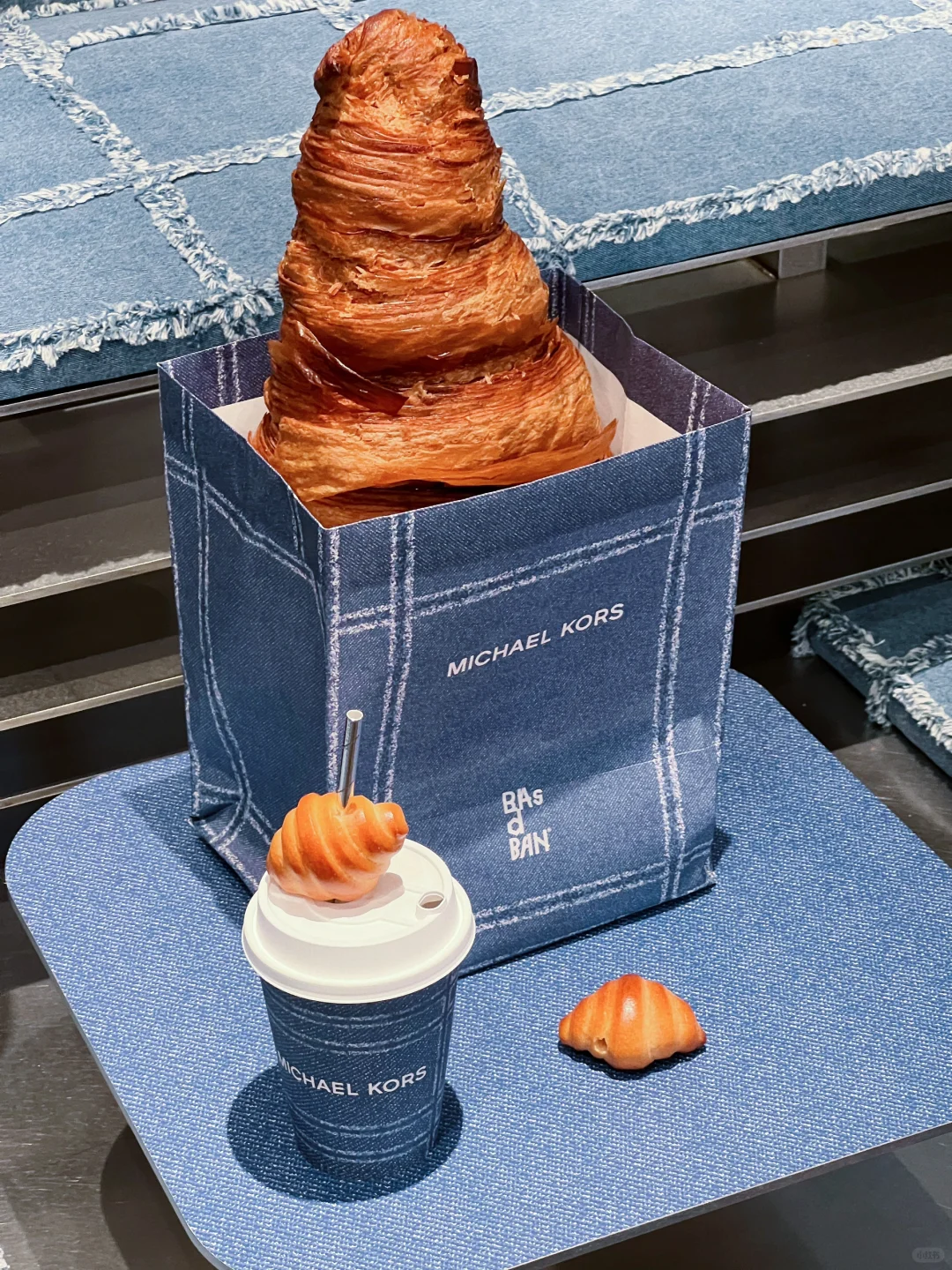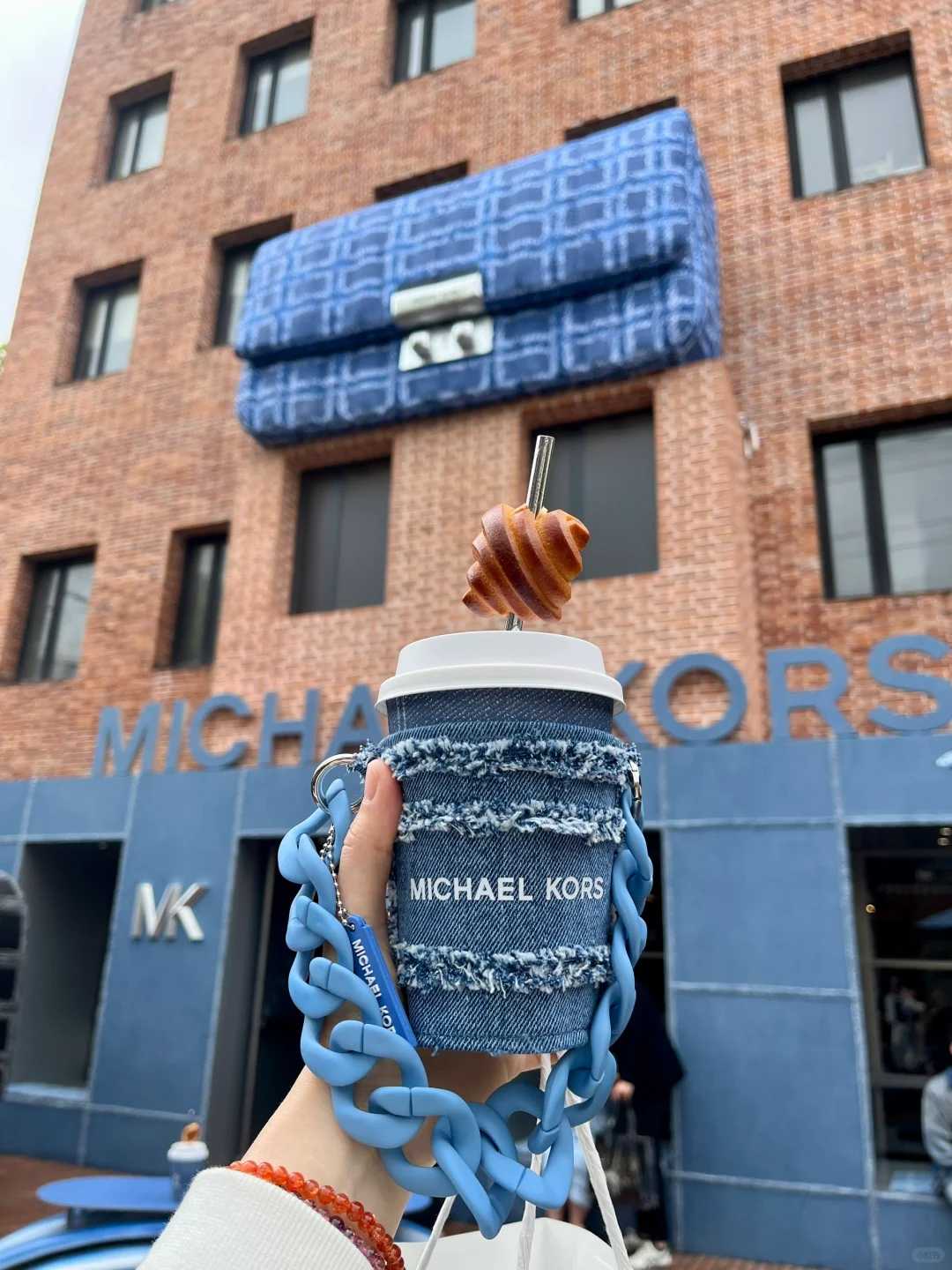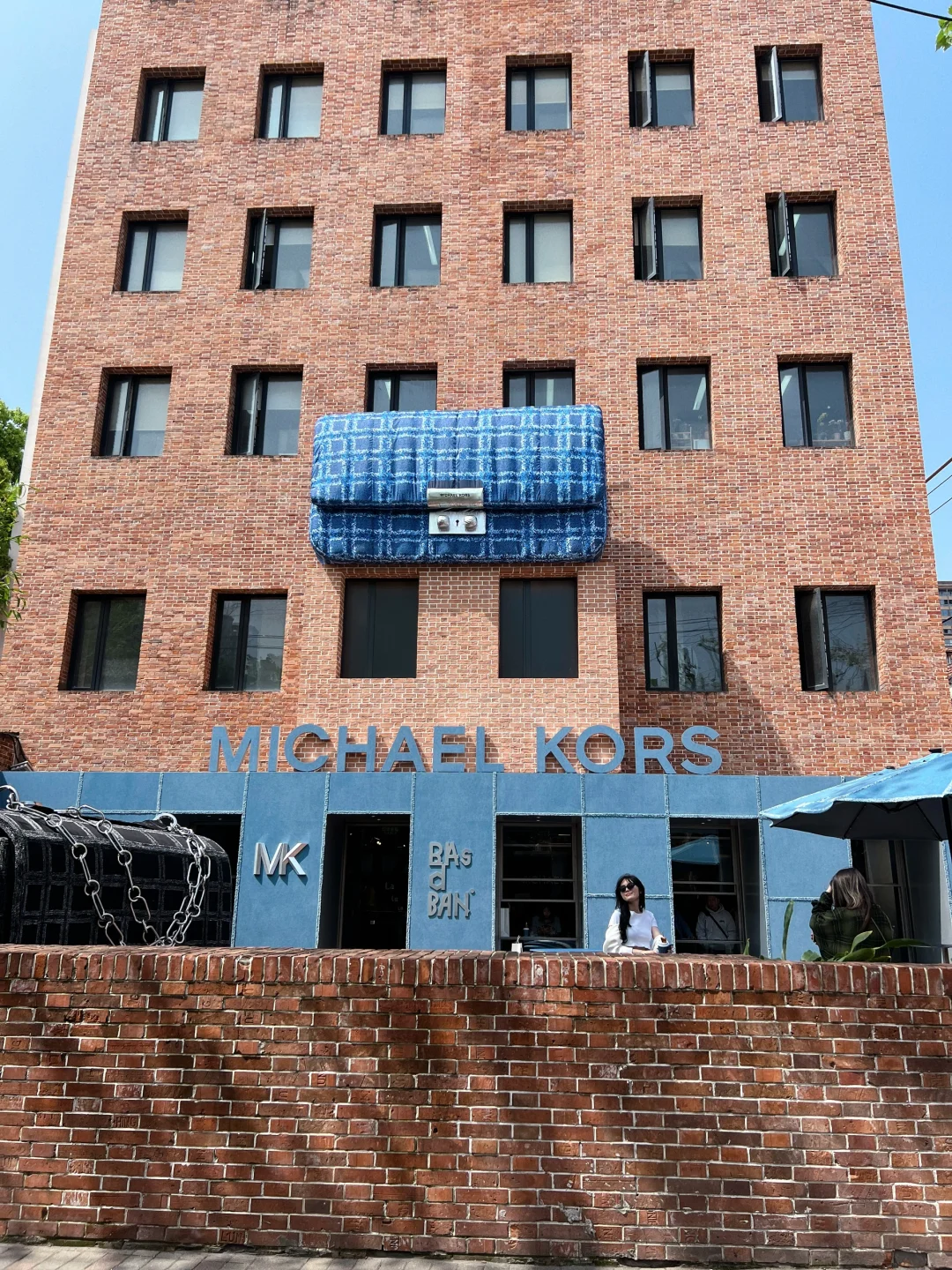Brewing Success in Shanghai: Where Coffee Fuels Brand Collaborations
Hi! Welcome back to our series on marketing in China! Today, we’re exploring a trend that is redefining multi-channel branding for global and local brands alike, and it all revolves around coffee.
You might think of Shanghai as the business capital of China, but you may be surprised to learn that it is also the coffee capital of the world. With over 9,000 coffee shops by the end of 2023, Shanghai now has the most coffee shops of any city globally. From the busy streets of Jing’an to the quiet corners of the French Concession, coffee shops are everywhere, catering to every demographic.
A Coffee Culture Like No Other
What’s remarkable about Shanghai’s coffee scene is its diversity. Sure, the big players like Starbucks and Luckin are everywhere, but what’s really driving the culture forward are the niche, independent coffee shops that have popped up in recent years. These shops are destinations often featuring minimalist interiors, innovative menus, and a community-focused vibe that draws in a younger, working crowd. Post-COVID, these coffee shops are filled with people working remotely, catching up with friends, or simply enjoying a peaceful moment in the city that never stops. Meanwhile, the big chains remain popular among an older crowd, with aunties and uncles spending their afternoons chatting over Lattes.
Why Brands Are Crazy about Coffee Shops
Of course, this widespread love for coffee hasn’t gone unnoticed by global brands, who see coffee shops as the perfect platform to engage with their audiences in a authentic setting. In a city where every café is packed with potential customers, brands are finding creative ways to tap into Shanghai’s coffee culture.
Take Louis Vuitton, for example. They collaborated with the artist Yayoi Kusama and one of Shanghai’s most famous coffee brands, Manner. Together, they released co-branded coffee and cup sleeves, integrating the collaboration into their joint exhibition at Tank Shanghai. This partnership creatively blended the worlds of art, fashion, and coffee.
Another example is Michael Kors, who teamed up with Basdban, a popular lifestyle coffee shop in Shanghai, to create a pop-up store. They launched a co-branded denim-themed series of coffee and bread, attracting trendsetters and KOLs from across the city. This collaboration drew significant attention, with many people visiting and sharing the experience on social media.
Meanwhile, Ralph Lauren and Estée Lauder have gone a step further by launching their own branded cafés within their stores, creating immersive environments where customers can experience their brands in a new and fun way.
The Perfect Blend: Coffee and Brand Collaboration
So why are brands so eager to collaborate with coffee shops? The answer is simple: coffee shops are social hubs, creative spaces, and community centers. In Shanghai, these collaborations make perfect sense. They allow brands to connect with consumers on a more interactive level, creating experiences that are as memorable as they are marketable.
Wrapping up, whether it’s through a pop-up event, a limited-edition product, or a full-on branded café, the opportunities for collaboration are endless. And with Shanghai’s coffee scene showing no signs of slowing down, there’s never been a better time for brands to get in on the action.
At Think East, we specialize in creating brand collaborations that resonate with your audience and amplify your brand’s presence in dynamic markets like Shanghai. Whether you're looking to partner with the hottest coffee spot or create a unique in-store experience, we have the expertise to make your brand stand out.
What kind of collaboration will make your brand unforgettable? How can we help you connect with your audience in a meaningful way?
Stay tuned for our next post, and connect with us on LinkedIn or via email—we’d love to hear your thoughts and questions.
See you next time!
Banner Image Credit and all photos in the gallery: Xiaohongshu
Shanghai's Kaffee-Boom: Wie Marken von der Kaffeekultur profitieren
Hi! Willkommen zurück zu unserer Serie über Marketing in China! Heute schauen wir uns einen Trend an, der das Multi-Channel-Branding für globale und lokale Marken neu definiert, und alles dreht sich um Kaffee.
Vielleicht ist Shanghai im Westen bekannt als das Wirtschaftszentrum Chinas, aber es ist auch die globale Kaffeestadt. Mit über 9.000 Cafés bis Ende 2023 hat Shanghai mehr Cafés als jede andere Stadt auf der Welt. Von den belebten Strassen von Jing’an bis zu den ruhigen Ecken der French Concession – Cafés sind überall und sprechen jede Zielgruppe an.
Eine Kaffeekultur wie keine andere
Was an Shanghais Kaffeekultur besonders auffällt, ist ihre Vielfalt. Natürlich sind die grossen Player wie Starbucks und Luckin überall präsent, aber was die Kultur wirklich vorantreibt, sind die kleineren, unabhängigen Cafés, die in den letzten Jahren entstanden sind. Diese Cafés sind oft Zielorte mit minimalistischen Interieurs, innovativen Menüs und einer hippen Atmosphäre, die vor allem die jüngere Generation anzieht. Nach der Pandemie sind diese Cafés gefüllt mit Menschen, die remote arbeiten, sich mit Freunden treffen oder einfach einen ruhigen Moment in der pulsierenden Stadt geniessen. Gleichzeitig bleiben die grossen Ketten bei einer älteren Zielgruppe beliebt.
Warum Marken verrückt nach Cafés sind
Natürlich ist diese weitverbreitete Kaffeeliebe den globalen Marken nicht entgangen. Sie sehen in Cafés die perfekte Plattform, um ihre Zielgruppen in einem authentischen Umfeld anzusprechen. In einer Stadt, in der jedes Café voller potenzieller Kunden ist, finden Marken kreative Wege, um in Shanghais Kaffeekultur einzutauchen.
Ein Beispiel ist Louis Vuitton. Sie haben mit der Künstlerin Yayoi Kusama und einer der bekanntesten Kaffee-Marken Shanghais, Manner, zusammengearbeitet. Gemeinsam haben sie einen Co-Branding-Kaffee und passende Tassenhüllen herausgebracht und diese Kooperation in ihre gemeinsame Ausstellung im Tank Shanghai integriert. Diese Partnerschaft verband auf kreative Weise die Welten von Kunst, Mode und Kaffee.
Ein weiteres Beispiel ist Michael Kors, der sich mit Basdban, einem beliebten Lifestyle-Café in Shanghai, zusammengetan hat, um einen Pop-up-Store zu schaffen. Sie haben eine Co-Branding-Serie von einem “Denimkaffee” und “Denimcroissant” auf den Markt gebracht, die Trendsetter und KOLs aus der ganzen Stadt angezogen hat. Diese Zusammenarbeit erregte viel Aufmerksamkeit, und viele Besucher teilten das Erlebnis in den sozialen Medien.
Ralph Lauren und Estée Lauder gingen noch einen Schritt weiter und eröffneten ihre eigenen Marken-Cafés in ihren Geschäften und schufen immersive Umgebungen, in denen Kunden ihre Marken auf eine neue, unterhaltsame Weise erleben können.
Die perfekte Mischung: Kaffee und Marken-Kooperation
Warum wollen Marken mit Cafés zusammenarbeiten? Die Antwort ist einfach: Cafés sind soziale Treffpunkte, kreative Räume und Gemeinschaftszentren. In Shanghai machen diese Kooperationen absolut Sinn. Sie ermöglichen es Marken, auf einer interaktiven Ebene mit den Konsumenten in Kontakt zu treten und Erlebnisse zu schaffen, die genauso unvergesslich wie vermarktbar sind.
Ob durch ein Pop-up-Event, ein limitiertes Produkt oder ein vollwertiges Marken-Café – die Möglichkeiten für Kooperationen sind endlos. Und da Shanghais Kaffeekultur keine Anzeichen von Verlangsamung zeigt, gab es nie einen besseren Zeitpunkt für Marken, auf diesen Zug aufzuspringen.
Bei Think East sind wir darauf spezialisiert, Marken-Kooperationen zu schaffen, die bei Ihrem Publikum ankommen und Ihre Markenpräsenz in dynamischen Märkten wie Shanghai verstärken. Ob Sie eine Partnerschaft mit dem angesagtesten Café eingehen oder ein einzigartiges In-Store-Erlebnis schaffen möchten, wir haben das Know-how, um Ihre Marke hervorzuheben.
Welche Art von Zusammenarbeit macht Ihre Marke unvergesslich? Wie können wir Ihnen helfen, auf bedeutungsvolle Weise mit Ihrem Publikum in Kontakt zu treten?
Bleiben Sie dran für unseren nächsten Beitrag und verbinden Sie sich mit uns auf LinkedIn oder per E-Mail – wir würden gerne Ihre Gedanken und Fragen hören.
Bis zum nächsten Mal!



Sign up to our Newsletter
You have successfully subscribed to our Newsletter!
Please try again later.









